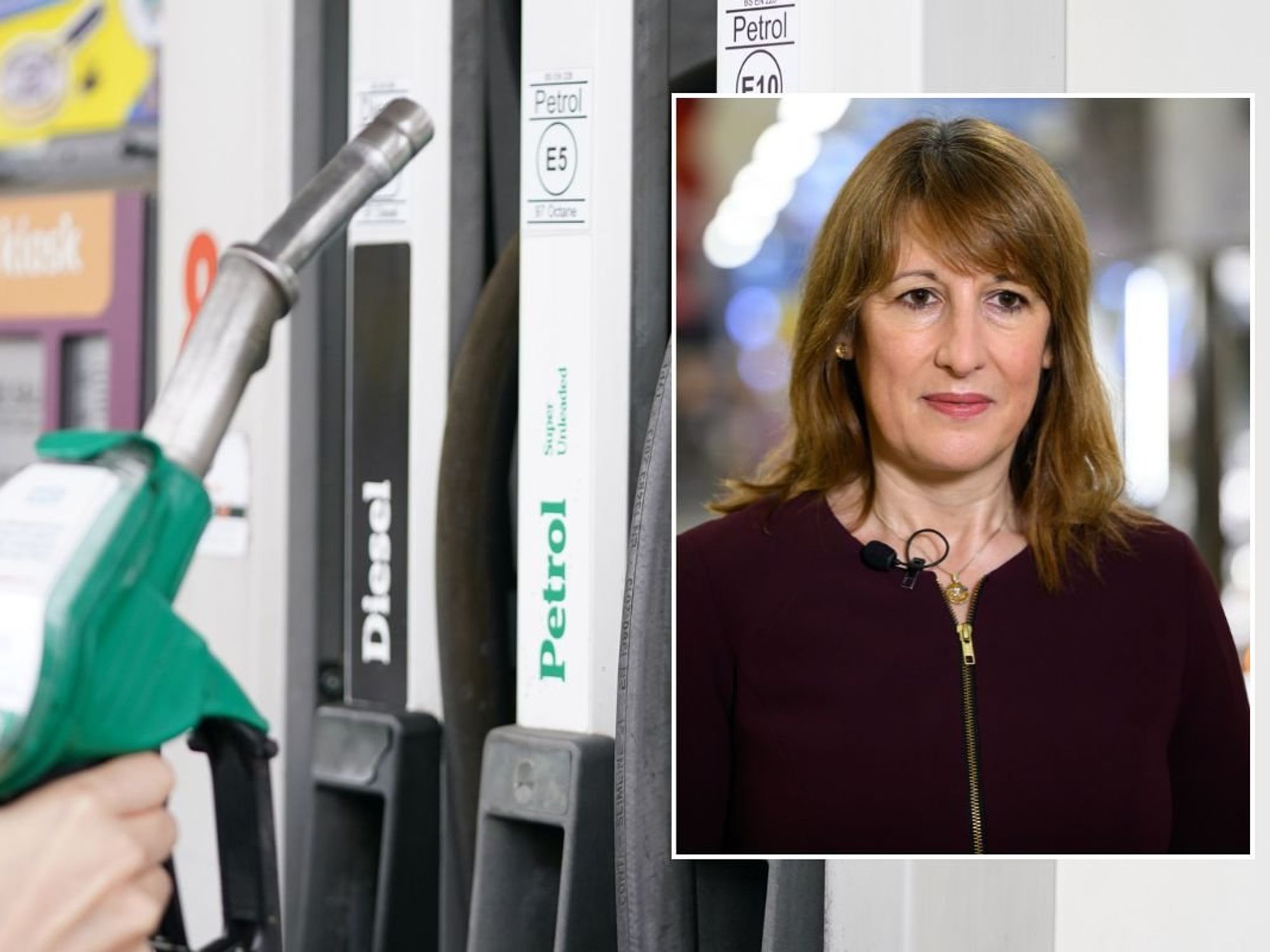Millions of workers risk losing £120k from default pension funds

More than 20 million adults currently pay into workplace pensions across the UK
Don't Miss
Most Read
Latest
Millions of British workers could be missing out on tens of thousands of pounds in retirement savings by leaving their money in default workplace pension schemes that deliver lower returns.
More than 20 million adults currently pay into workplace pensions across the UK, with the problem particularly acute at Nest Pensions.
Around 13 million members hold accounts with the provider, and more than 99 per cent of them have never moved from the default investment option they were automatically enrolled into.
Experts warn this widespread inaction could cost workers significant sums over their working lives.
TRENDING
Stories
Videos
Your Say
The difference between achieving a four per cent annual return compared with five per cent could reduce a typical pension pot by almost a quarter due to the effects of compound growth.
Monthly contributions of £250 over 45 years would grow to about £495,000 with five per cent annual returns.
However, the same contributions would reach only £373,000 with four per cent growth.
That represents a shortfall of more than £120,000 from just a one percentage point difference in returns.
Many workers remain unaware of how their pension is performing.
Annual statements from providers set out contributions, fees, value changes and projected retirement income, but large numbers of savers do not review these documents or log into their accounts to check growth rates.

Over 20 million UK adults pay into workplace pensions, with Nest Pensions facing the sharpest challenges
|GETTY
The issue often stems from members failing to choose an investment option.
Pension schemes typically provide multiple fund choices, from higher-risk to lower-risk and balanced alternatives.
Younger investors usually benefit from higher-risk options, which can deliver greater growth over time.
Yet most members never make an active choice, remaining in balanced default funds that deliberately aim for lower returns.
Nest’s default Retirement Date Funds are designed to “beat any rises in costs of living over time, but also add an extra three per cent on top”.

That sits at the lower end of typical pension growth expectations
| GETTYThat sits at the lower end of typical pension growth expectations.
By contrast, Nest’s Higher Risk Fund aims “to grow your fund more than the Nest Retirement Date Funds”, but members must actively select it.
Performance benchmarks from provider PensionBee show what savers have achieved in recent years.
Workers with three decades until retirement saw average yearly returns of 7.72 per cent over the past five years.
Those close to retirement, holding more conservative portfolios, achieved 5.27 per cent annually in the same period.
The figures suggest investors with longer time horizons should target returns between five and seven per cent, with default funds often falling short.
Workers have options to address underperformance.
Major schemes including Nest, The People’s Pension, Aviva and Aegon allow members to switch from default to higher-risk funds.
Regular reviews remain essential, with risk levels typically reduced as retirement approaches.
Where schemes limit choice, self-invested personal pensions (SIPPs) provide an alternative.
LATEST DEVELOPMENTS:

Major schemes including Nest, The People’s Pension, Aviva and Aegon allow members to switch from default to higher-risk funds
| PAMembers should usually keep their workplace pension open to secure employer contributions but can transfer funds into a SIPP for more control.
They should confirm whether transfers incur fees and if partial transfers are permitted.
Those unsure about changing their pension strategy are advised to seek professional guidance.
Regulated pension advisers can help, with fixed-fee services often proving more cost-effective than percentage-based charges.
Some employers also offer workplace pension advice to staff.
More From GB News










